
Japan, a country known for its rich cultural heritage, has produced some of the most exquisite and captivating artworks in the world. Japanese art is a reflection of the country's deep-rooted traditions, spirituality, and unique aesthetics. In this article, we will embark on a fascinating journey into the world of traditional and contemporary Japanese art, exploring different art styles, famous artists, painting techniques, art forms beyond painting, and the cultural significance of Japanese crafts. Join me as we unveil the timeless beauty of Japanese art.
Understanding Traditional Japanese Art
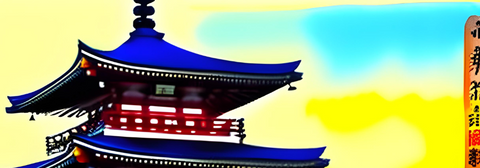
Traditional Japanese art encompasses various forms, including painting, calligraphy, sculpture, and ceramics. One significant aspect of traditional Japanese art is its emphasis on simplicity, harmony, and balance. Artists strive to capture the essence of their subject matter with minimalistic strokes and subtle colors. The concept of "wabi-sabi," which embraces imperfections and transience, is deeply ingrained in traditional Japanese art.
Exploring Different Japanese Art Styles

Japanese art boasts a plethora of distinct styles that have evolved over centuries. From the elegant and refined ink paintings of the Muromachi period to the vibrant and colorful ukiyo-e prints of the Edo period, each style tells a unique story and reflects the cultural and historical context of its time. The Rinpa school, with its bold and decorative motifs, and the Nihonga style, which blends traditional Japanese pigments with Western techniques, are also noteworthy contributions to the world of Japanese art.
Famous Japanese Artists and their Contributions
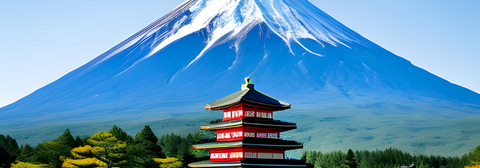
Throughout history, Japan has been home to many renowned artists who have made significant contributions to the world of art. Katsushika Hokusai, known for his iconic "The Great Wave off Kanagawa," is one of the most celebrated Japanese artists. Another notable figure is Tawaraya Sotatsu, who played a crucial role in the development of the Rinpa school. Artists like Yokoyama Taikan and Takeuchi Seiho have also left an indelible mark on Japanese art with their distinct styles and innovative techniques.
The Evolution of Japanese Art through History
The evolution of Japanese art is a testament to the country's rich cultural heritage and its interactions with the outside world. The introduction of Buddhism from China during the Asuka period greatly influenced Japanese art, leading to the creation of exquisite Buddhist sculptures and temple paintings. The rise of the samurai class in the feudal period brought about a new wave of art, characterized by the depiction of warriors and scenes from battle. Over time, Japanese art assimilated Western influences, resulting in the birth of new art movements and styles.
Traditional Japanese Painting Techniques
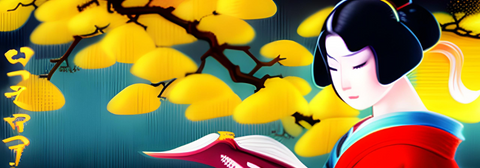
Traditional Japanese painting techniques are deeply rooted in the country's artistic traditions and hold a distinct place in Japanese art history. One such technique is "sumi-e," which uses black ink made from soot and water to create monochromatic paintings. Another technique, "nihonga," employs mineral pigments and natural materials to create vibrant and detailed artworks. These techniques require precision, patience, and a deep understanding of the materials used, reflecting the meticulousness and dedication of Japanese artists.
Japanese Art Forms Beyond Painting

While painting has been a prominent art form in Japan, there are other art forms that showcase the country's creativity and craftsmanship. Ceramics, such as the delicate porcelain of Arita and the rustic pottery of Bizen, have been highly regarded and exported worldwide. The art of calligraphy, with its elegant brushstrokes and profound meanings, is considered a form of artistic expression and a spiritual practice. Additionally, the art of flower arrangement (ikebana) and the tea ceremony (chado) are deeply rooted in Japanese culture and exemplify the beauty of simplicity and mindfulness.
Appreciating Contemporary Japanese Art

Japanese art continues to thrive in the modern world, with contemporary artists pushing the boundaries of traditional aesthetics and experimenting with new mediums and techniques. From avant-garde installations to manga-inspired illustrations, contemporary Japanese art reflects the country's dynamic and ever-evolving culture. Artists like Yayoi Kusama, Takashi Murakami, and Yoshitomo Nara have gained international acclaim, captivating audiences with their unique visions and artistic expressions.
Famous Japanese Paintings and their Significance

Japanese paintings have captured the hearts of art enthusiasts worldwide, with their beauty and deep symbolism. "The Tale of Genji Scrolls," created during the Heian period, is a masterpiece that depicts scenes from the renowned novel by Murasaki Shikibu. "The Folding Screen of Mount Fuji" by Tawaraya Sotatsu is a celebrated artwork that showcases the majestic beauty of Japan's iconic mountain. These paintings not only showcase the technical mastery of the artists but also provide insights into Japanese history, culture, and literature.
Japanese Crafts and their Cultural Importance

Japanese crafts have played a vital role in preserving the country's cultural heritage and showcasing the exquisite craftsmanship of its artisans. From intricate lacquerware and delicate silk kimono to finely crafted metalwork and traditional woodblock prints, Japanese crafts are a testament to the meticulous attention to detail and the reverence for nature ingrained in Japanese culture. These crafts not only serve as beautiful objects but also hold deep cultural and historical significance.
Japanese Art in the Modern World

The influence of Japanese art extends far beyond its borders, with Western artists and art movements drawing inspiration from its unique aesthetics. The Japonism movement in the late 19th century, spearheaded by artists like Vincent van Gogh and Claude Monet, brought Japanese art to the forefront of Western art. The simplicity, asymmetry, and nature-inspired motifs of Japanese art continue to inspire contemporary artists and designers, influencing various fields such as fashion, architecture, and graphic design.
Conclusion: The Timeless Beauty of Japanese Art
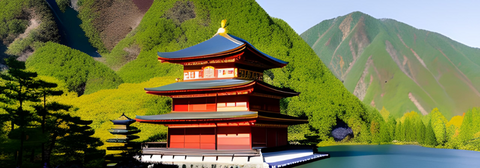
Japanese art is a testament to the country's rich cultural heritage, spirituality, and unique aesthetics. From traditional ink paintings and delicate ceramics to contemporary installations and manga-inspired illustrations, Japanese art continues to captivate audiences worldwide. Its timeless beauty, attention to detail, and profound meaning make it a treasure trove of artistic expression. Through the exploration of different art styles, famous artists, painting techniques, and the cultural significance of Japanese crafts, we have unveiled the mesmerizing world of Japanese art. Let us embrace and celebrate this extraordinary art form and preserve its legacy for generations to come.

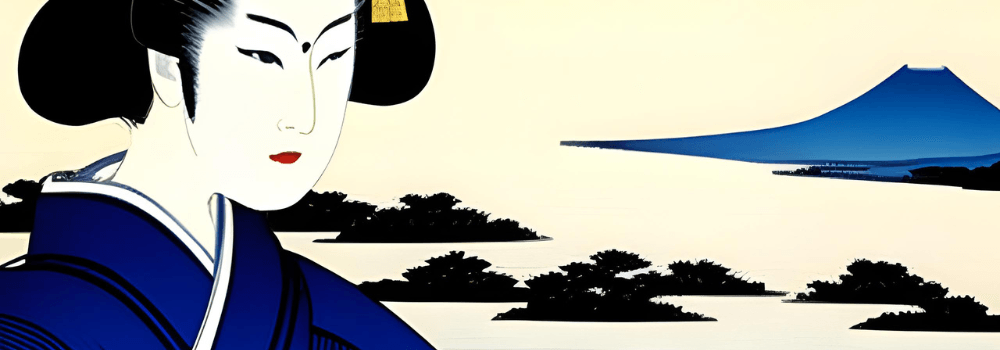

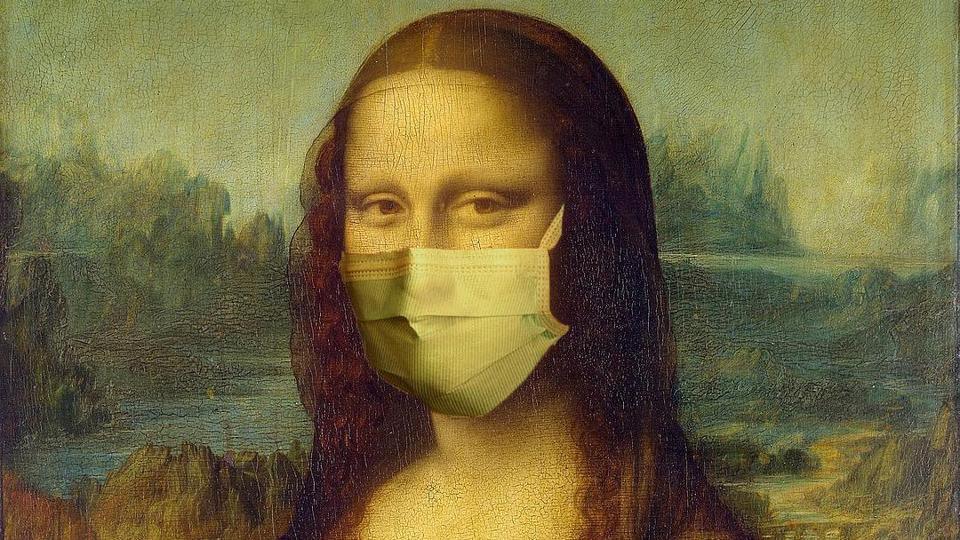



Leave a comment
All comments are moderated before being published.
This site is protected by hCaptcha and the hCaptcha Privacy Policy and Terms of Service apply.